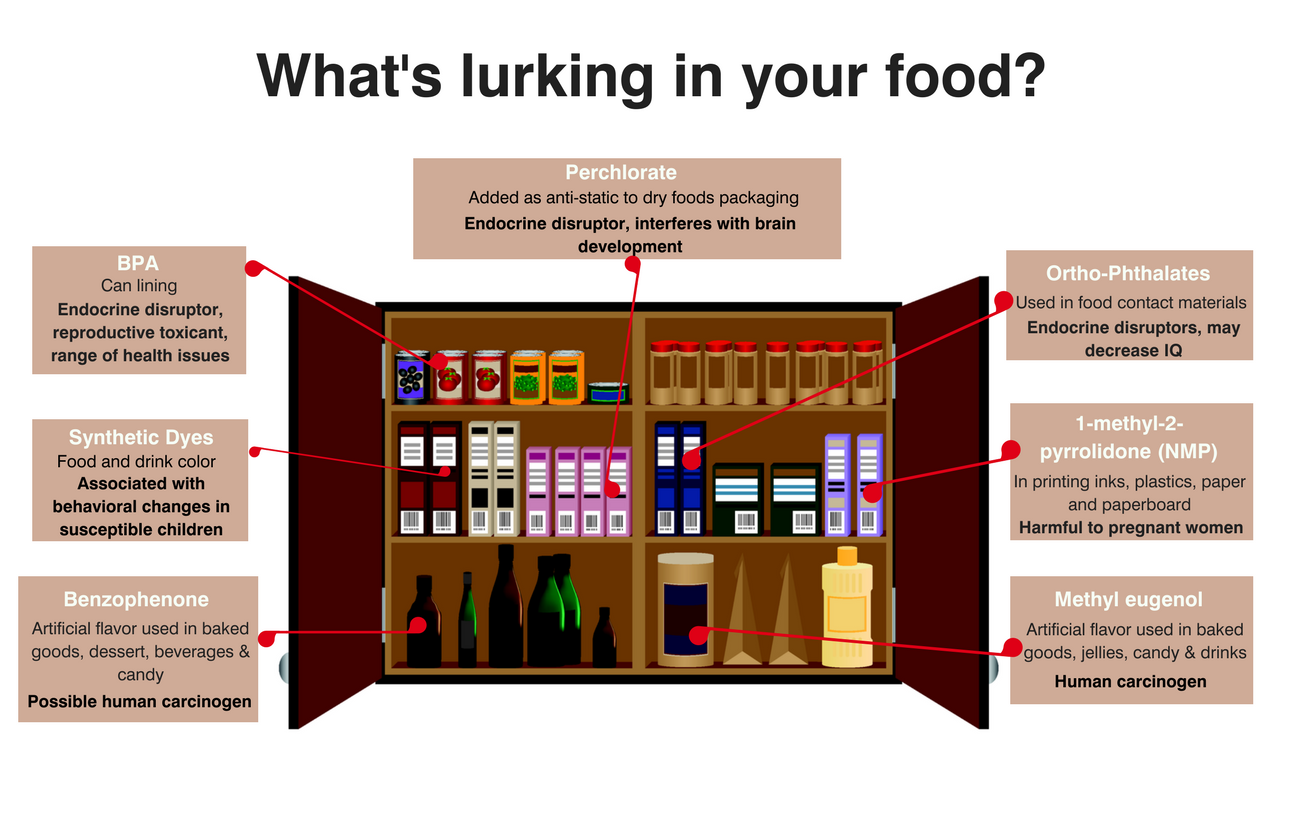Tom Neltner, Senior Director, Safer Chemicals; Maricel Maffini, Ph.D., Consultant
On May 19, the Food and Drug Administration (FDA) announced four incongruous actions in response to petitions submitted by EDF and others asking the agency to ban the use of more than two dozen ortho-phthalates (phthalates) in food packaging and processing equipment. We filed the petitions because we were concerned that these hormone-disrupting chemicals were harming people, especially children, who consume food contaminated by this class of chemicals. Since filing the petitions six years ago, the evidence of harm – and our concern for children’s health – have only grown more compelling.
Despite a statutory duty to decide whether the authorized uses were safe, the agency delayed making a decision and then essentially dodged the safety issue, opting instead to allow nine phthalates it had approved decades ago to be used in plastics, paper, and adhesives that contact food or drinks. FDA only acted in response to a lawsuit filed by Earthjustice for EDF and other health and environmental advocates.
FDA’s decisions allow phthalates to continue to seep into our food and do little to protect the public. As a result, EDF and the other advocates, supported by Earthjustice, filed formal objections to the agency’s decisions on two food additive petitions and petitioned the agency to reconsider its denial of a separate citizen petition. We also demanded an evidentiary public hearing to consider the significant new evidence FDA glossed over. Read More










